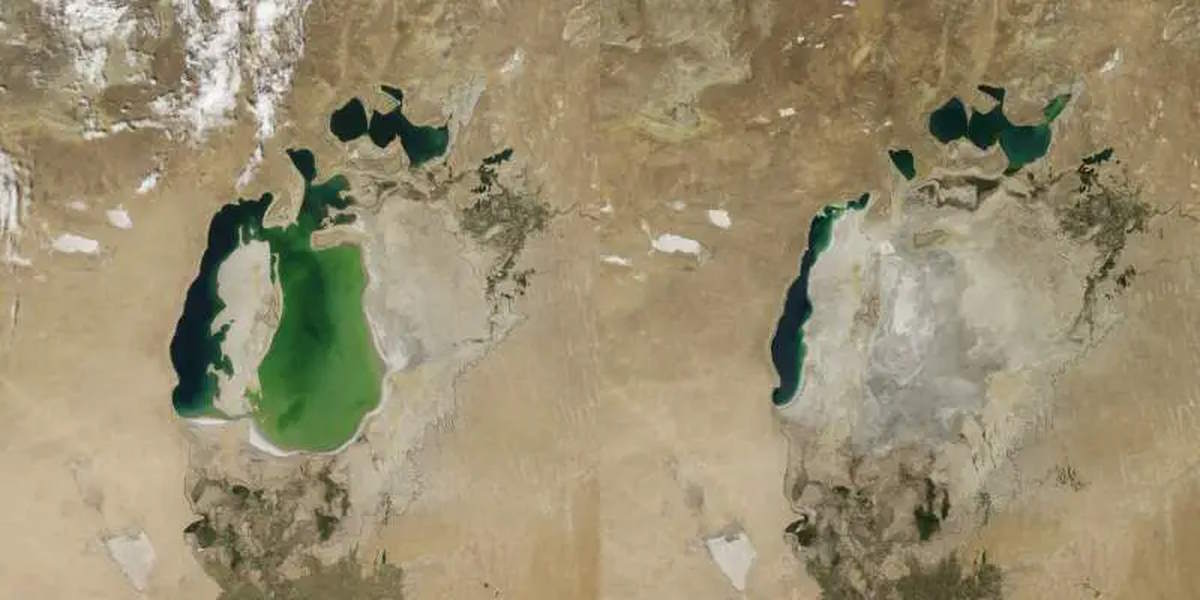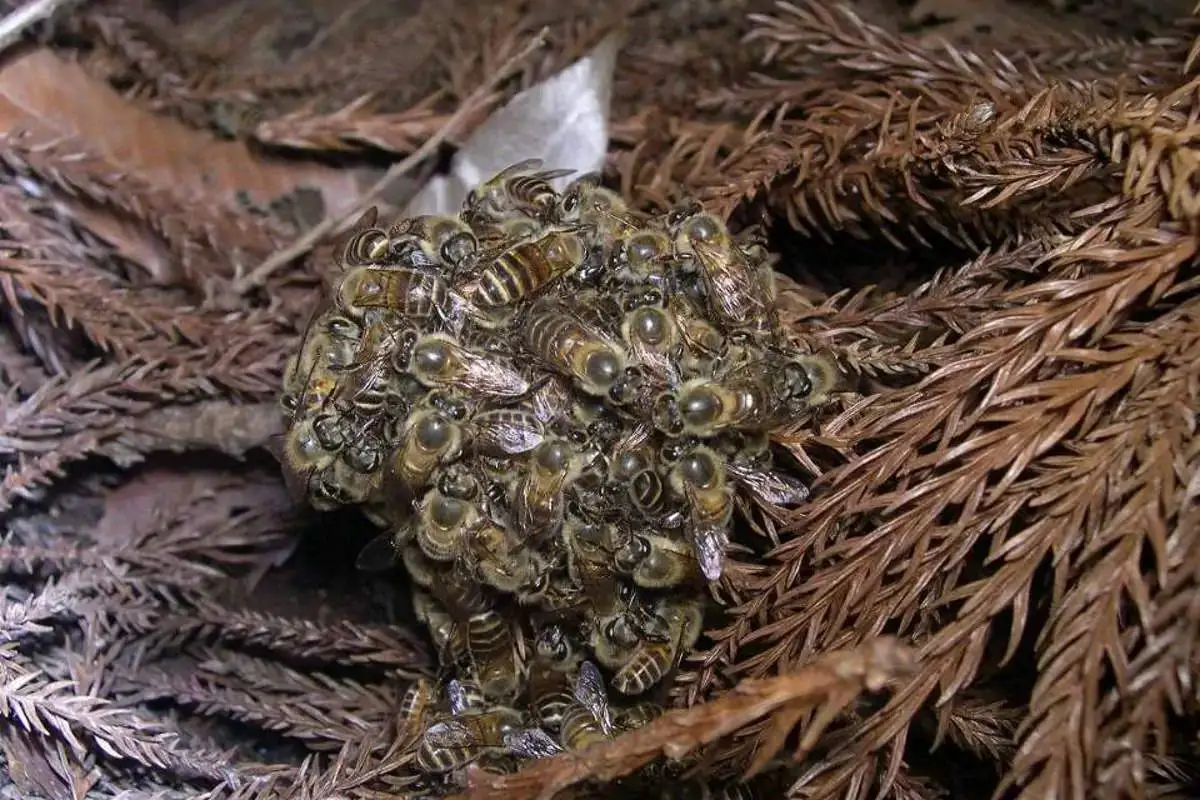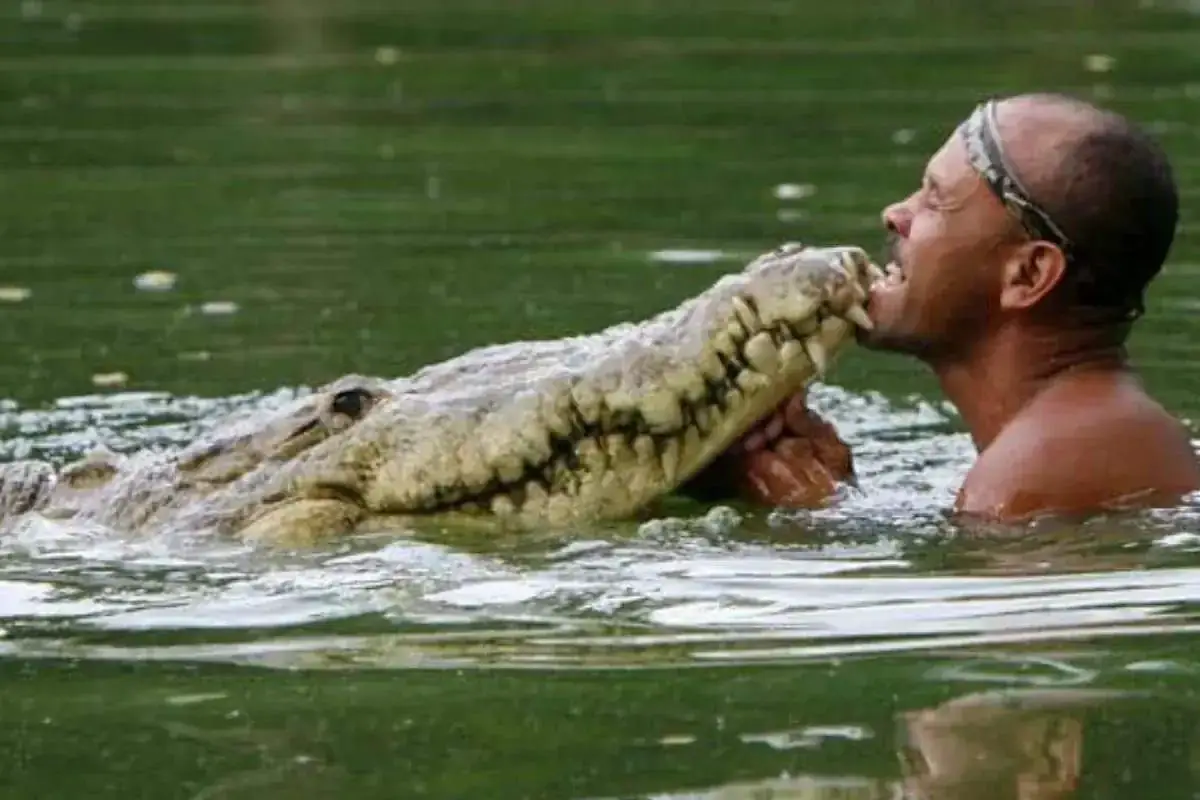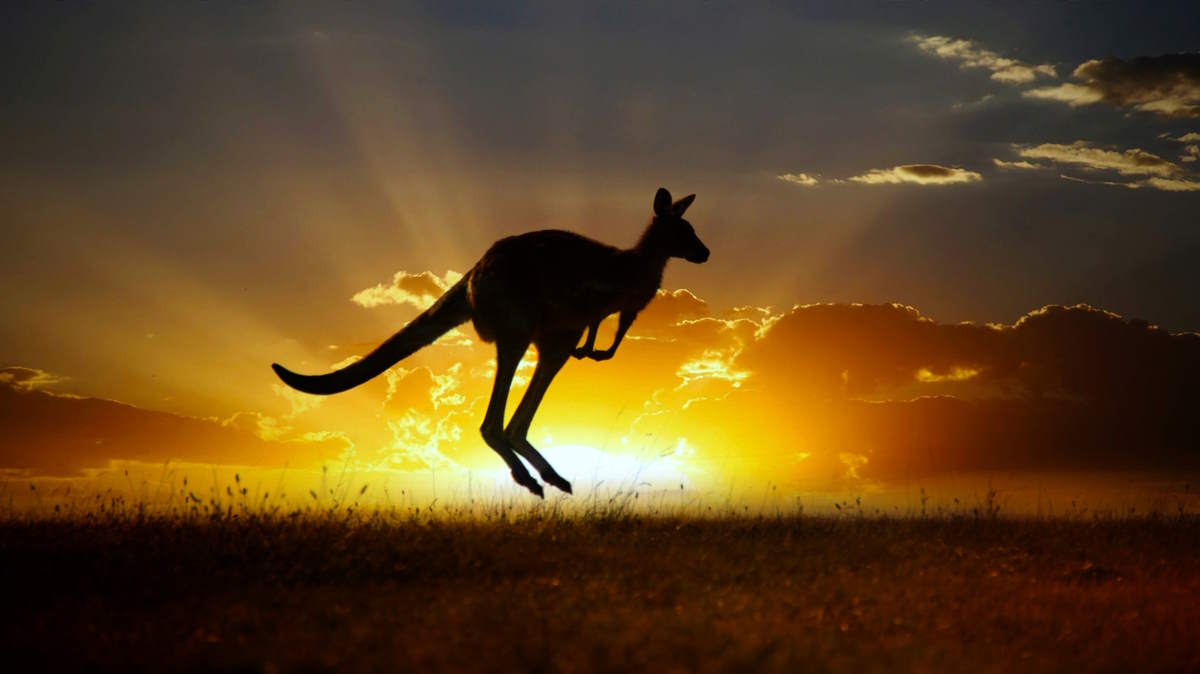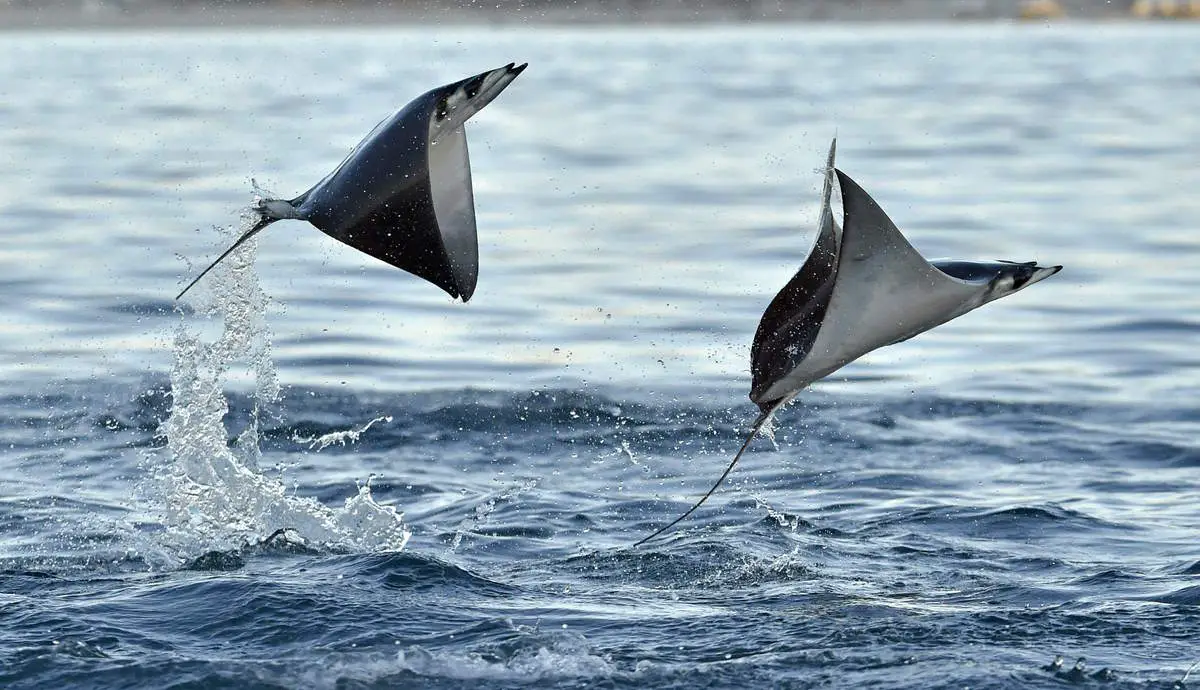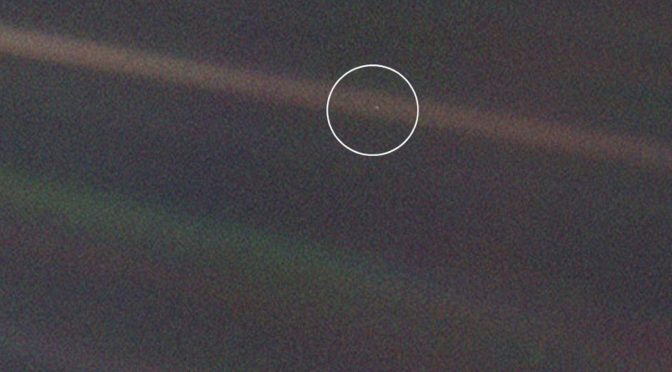In the insects world, the Japanese Giant Hornet (Vespa mandarinia japonica) is a real beast. It is one of the subspecies of the Asian Giant Hornet (Vespa mandarinia), which is the world’s largest hornet. As its name suggests, it is endemic to the Japanese islands, where it prefers rural areas where it can find trees to nest in.
Using its scissor-like teeth that can wreak havoc on its prey, a single Japanese giant hornet can kill up to 40 European honeybees a minute. So, a few of them can decimate an entire colony containing 30,000 European honey bees. Compared to honeybees, it is really a giant: adults can be more than 4.5 centimeters (1.8 inches) long, with a wingspan greater than 6 centimeters (2.4 inches).
But, the Japanese honey bees have developed an amazing defense against these giants during their evolutionary process.

